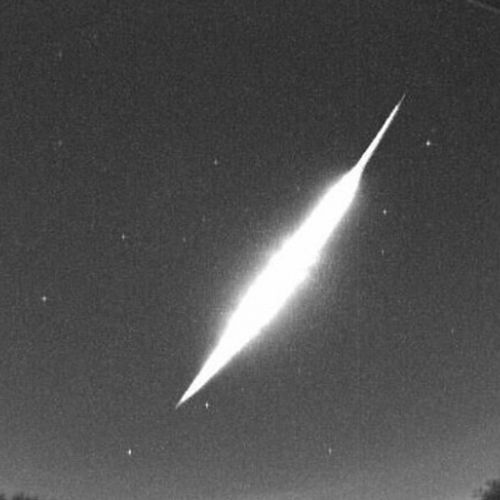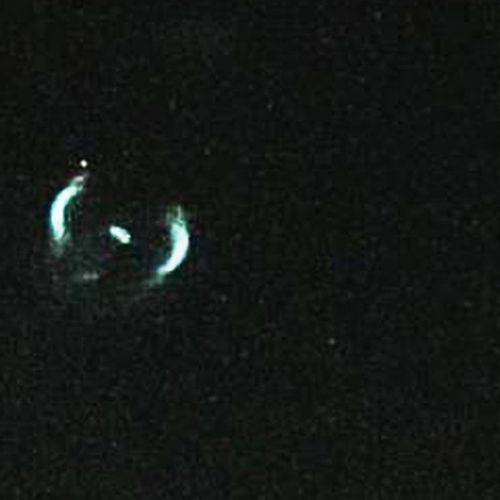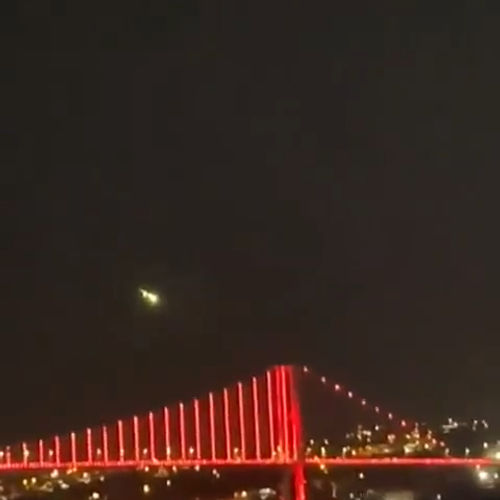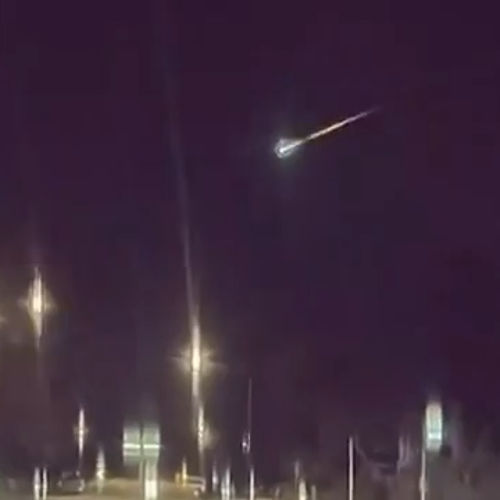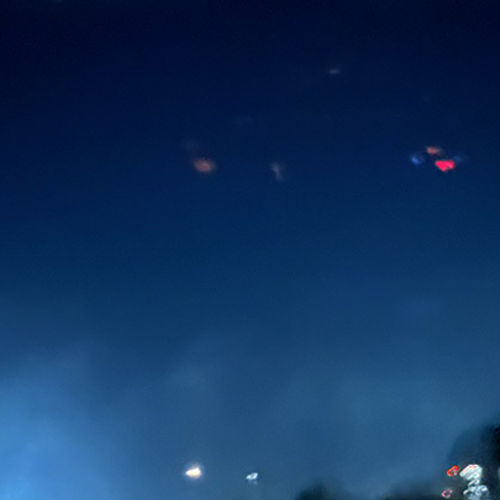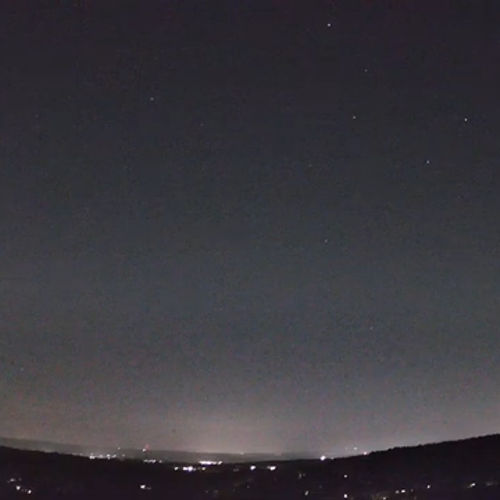
| Added | Mon, 01/05/2017 |
| Источники | |
| Дата публикации | Sun, 30/04/2017
|
| Версии |
Meteor shower ETA-Aquarids (may 6)
"Star rain" will culminate in the period from 5 may until the early morning hours of may 6th. It would seem that meteors come from stars This Aquarius in the constellation Aquarius. In the dark night you can see up to 30 meteors per hour. Meteor shower ETA-Aquarids consists of icy debris left after the visit of Halley's comet.
Flower moon (may 10)
American Indians called this phenomenon the Maternal moon, Moon planting corn and the milk moon. No matter how you call this phenomenon (may full moon) — it will have a peak on the morning of may 10.
The great red spot of Jupiter (may 11)
Jupiter in may will be almost as large as in April. Legendary Great red spot of the planet, you will notice several times during the month. But on 11 may, the spot will become especially easy targets. It can be observed for 4 hours.
Mercury (17 may)
The planet will reach greatest Western elongation from the Sun on may 17. To see the mercury rise before dawn and find Venus. Right under it, near the horizon will be mercury.
New moon-supermoon (may 25)
The new moon on may 25 will be the closest approach of the moon to the Earth for the entire year. This location is called the perigee and the satellite will be located just 360 km from our planet. For the first time since 2009 new moon, not full, coincides with the nearest to the Earth the perigee of the year.
"Cassini" in the ring D (may 28)
Of course, to the naked eye, this event is not to see. But not to mention it is simply impossible. On may 28, the spacecraft Cassini in orbit around Saturn will begin its sixth dive into the rings of the planet. At this time, the probe "dives" in the area of inner ring D. Cassini will analyze the composition of the rings, measure their weight and take pictures of the atmosphere of Saturn close up.
Launch Dragon to the ISS ( may 31)
The company "space X" will launch a carrier rocket with the spacecraft Dragon to the ISS on 31 may. Booster Falcon fly from Cape Canaveral and will be one of the rockets reusable, which develops and produces "space X".
Translated by «Yandex.Translator»
Новости со схожими версиями
Log in or register to post comments

